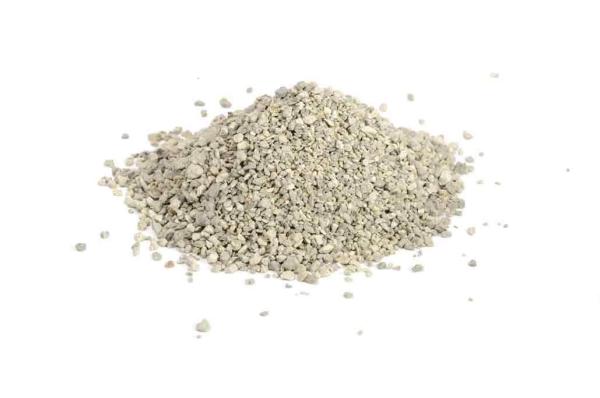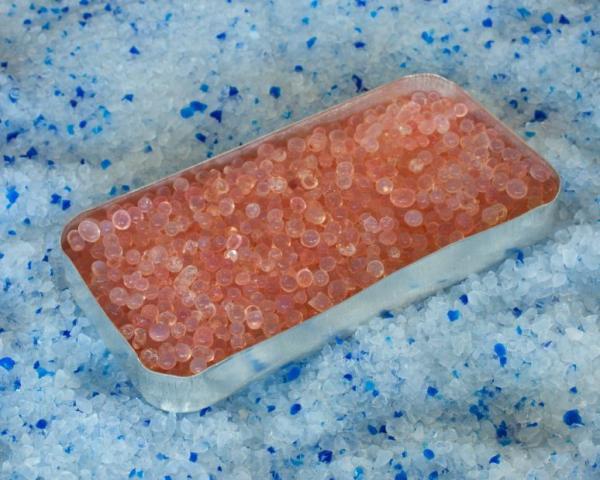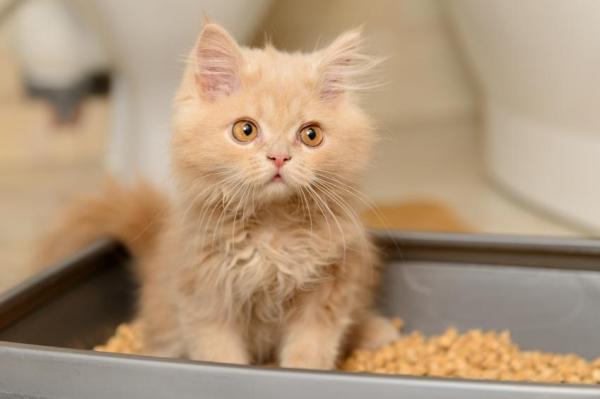
Cat litter is an indispensable material if you want to adopt a cat as a pet, as this is what is used in a sandbox so that a cat can go to the toilet. Your cat will urinate and relieve itself on it. Therefore, the litter must have specific qualities to efficiently fulfill your cat's needs.
The main features that these materials should have include a high absorption capacity, to be scented and, if possible, to be economical. Continue reading this AnimalWised article and we'll show you the different types of litter for cats and their main features.
What types of litter for cats are there?
Basically, there are three types of cat litter currently on the market:
- Absorbent: Absorbs fluids and, for the most part, hides their smell.
- Clumping: Clumps around feces and urine, creating clumps that are easy to remove.
- Biodegradable: It's produced from recyclable plant resources.
At the same time, there are also mixed types of cat litter that combine various features. This latter type, however, is also the most expensive.

Sepiolite
Sepiolite is a type of soft, fibrous and porous mineral (a phyllosilicate), usually known for making meerschaum pipes. It can be used for delicately carving pipes, cameos and other types of jewelry.
This kind of litter is clearly of the absorbent type. In its normal state it is used as an industrial absorbent. It is useful for marine oil spills as it absorbs the oil and then floats, making it easier to collect. It is also used in road accidents to absorb oil and fuel spilled on the road, so it can all be swept away with afterwards.
It is a very economic material to use for cat litter and it's very effective as long as it is changed regularly. It is a throwaway material, simple and uncomplicated.

Silica
This litter is very absorbent. Usually, it comes in silica beads, also called silica or silica gel. It is an economical, absorbent type of litter.
This type of litter mixes silicate minerals with zeolite, so an extremely absorbent and deodorizing material is achieved. Also, as silica is the most prevalent ore worldwide, the price is usually reduced.
Sometimes this cat litter contains scents; we at AnimalWised would advise against that option. There are cats that do not like chemical scents used in their litter, so they will go outside or urinate in other areas of the home.

Bentonite
Bentonite is a fine-grained clay with absorbent power. However, it is considered a clumping type of litter. This material clumps around cat urine and feces, which makes the removal of excrement much easier, and therefore making the litter last longer.
However, bentonite clumping litter is more expensive than silica and sepiolite.

Biodegradable litter
This type of litter for cats is entirely composed of plant materials such as wood, straw, recycled paper and vegetable waste. It is not as absorbent or odorless as other types of litter, but it is interesting to point out that it has a low price and it's 100% recyclable.
With this type of litter there is the advantage of getting rid of it down the toilet. You can also put it in an organic waste container.

Tips to improve cat litter
A simple tip to improve the quality of cat litter, whatever type you use, is to first pour it into a strainer and shake it over a rubbish bag. Pesky dust will slip through the holes and into the bag, leaving the litter dust-free.
Now, with completely clean litter, you can pour it into your cat's litter box without fear of dirtying its legs and leaving white dusty paw prints everywhere.
If you want to read similar articles to Types of Litter for Cats, we recommend you visit our Basic care category.